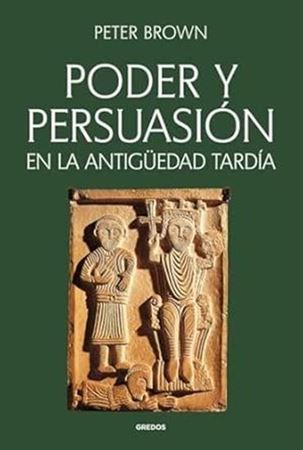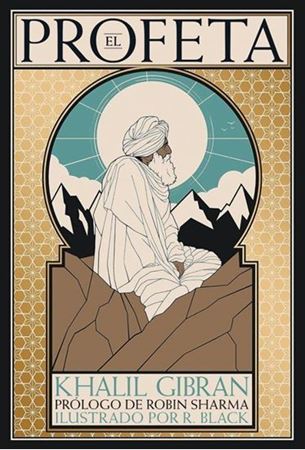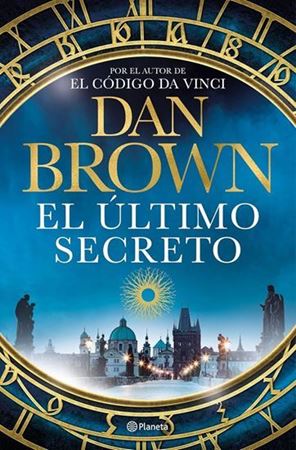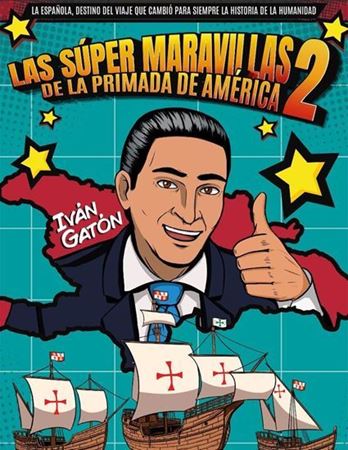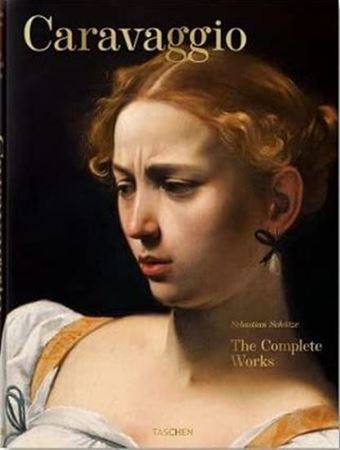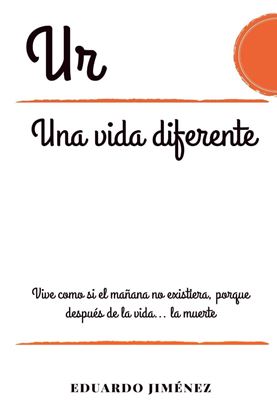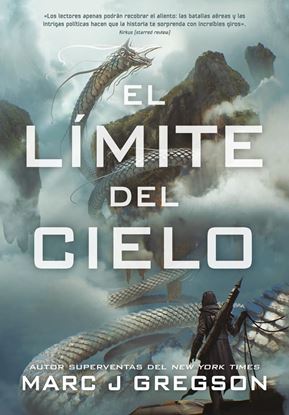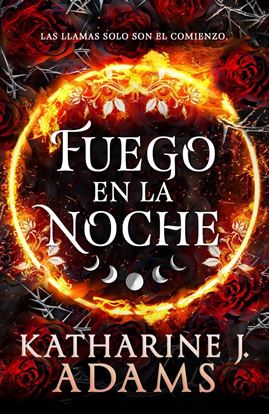

NOVEDADES
ESCRITOS DE JUVENTUD 1923-1942
Ha pasado un siglo desde que Víctor Frankl comenzó a desarrollar su pensamiento, a raíz de su trabajo con la juventud vienesa en las décadas de 1920 y 1930 en centros de asesoramiento juvenil para la prevención del suicidio. Su diagnóstico, no obstante, conserva una inquietante similitud con el presente: una juventud carente de intereses, presa del vacío existencial, con un desgano general por la vida. En estos primeros escritos reunidos ya es posible vislumbrar el germen del binomio "logoterapia y análisis existencial", así como una concepción de la existencia entendida como unidad radical y totalidad pluridimensional. Este libro nos permite apreciar la sensibilidad y agudeza de un joven psicólogo que supo elaborar una visión del hombre que aún hoy se presenta como una fuente inagotable de optimismo y esperanza.
1,400
1,120
UR. UNA VIDA DIFERENTE
Esta es la historia de un ñu llamado Ur... ¡Esperen un momento! ¿Un ñu? ¿Un antílope? ¡ ...Por favor! Esta parecería otra de esas historias para niños con el objetivo de ofrecer una lectura entretenida, enfocada al fortalecimiento de las habilidades emocionales de los pequeños, o tal vez una magnífica oportunidad para crearles interés por la lectura; pudiera ser el caso, porque se trata de animales y que les cuenten historias de animales es de las cosas que más les gusta a los pequeñines; basado en ello, esta pudiera ser una preciosa historia infantil… Sin embargo, este no es uno de esos casos. Ur cuenta una historia entretenida, creada sobre la base de un mundo de aventuras con algunas interesantes sorpresas. también, es una mirada al hacia las bases del liderazgo y las técnicas de las tramas de engaño, un esbozo de las estrategias de poder a las que nos enfrentamos en casi todos los aspectos de nuestras vidas; pero más que nada, busca insistente trasmitir la necesidad de ayudar a los demás, de cultivar la bondad, de la necesidad de la humildad… y la necesidad de amar.
1,400
1,120
ERES NATURALEZA
¿ES POSIBLE VIVIR MÁS LENTO PARA VIVIR MEJOR?
¿CÓMO PUEDO (RE)CONECTAR CON LA NATURALEZA Y SER MÁS CONSCIENTE DEL PRESENTE?
¿POR QUÉ UNA VIDA SOSTENIBLE ES UNA VIDA MÁS FELIZ?
Llevamos un ritmo frenético al margen del que nos marca la naturaleza; nos sentimos totalmente desconectados a la vez que pasamos horas hiperconectados a través de una pantalla y de las redes sociales. Siempre tenemos prisa, siempre queremos
más… y acabamos viviendo menos.
1,400
1,120
OJALA NUNCA LO LEAS
Sadie Wen es perfecta... en teoría. Sadie tiene la mejor nota de su generación y todos los profesores la adoran. Conseguir todo eso no ha sido fácil, pero ella tiene un truco que le ha permitido soportar el estrés de ser una estudiante ejemplar: descarga todas sus frustraciones en correos electrónicos que nunca envía. Jamás se atrevería a herir los sentimientos de sus profesores y compañeros.
Y sus correos más duros son contra Julius Gong. Él es el único chico del colegio que ha competido con ella desde que eran niños. En sus mensajes, Sadie expresa todo el odio que intenta disimular en persona: «Estás sediento de atención, vives obsesionado contigo mismo y eres insoportablemente vanidoso». ¿Para qué reprimirse si nadie va a leerlos?
1,400
1,120
EL LIMITE DEL CIELO (1)
En la isla flotante de Casal, Conrad lleva una vida muy dura; y cuando su madre es asesinada por gorgontas, unas criaturas monstruosas, Conrad toma una decisión para salvar a la única familia que le queda: su hermana. Para rescatarla de las garras de su malvado tío, Conrad se va a alistar en la Selección de los Doce Gremios. De este modo, Conrad se convierte en el nuevo recluta de los cazadores, el gremio con más víctimas mortales de las Tierras del cielo. Deberá hacer frente a un entrenamiento muy exigente, a compañeros manipuladores y al Guantelete, una despiadada prueba final que otorga riquezas y estatus a la tripulación de la nave voladora que mate a más gorgontas. En la nave, obligado a servir en los puestos más bajos, Conrad escuchará susurros de rebelión en la oscuridad y rumores acerca de su mundo que nunca había creído posibles. ¿Es cierto que podría haber algo escondido bajo la gigantesca masa negra de nubes tóxicas que sobrevuelan todos los días? Descubrir en quién puede confiar y en quién no será necesario si quiere sobrevivir.
1,400
1,120
FUEGO EN LA NOCHE (ESPINAS 1)
Penny Albright es una hija del aquelarre de las espinas, forzada a recorrer el velo entre el reino de la Vida y el reino de la Muerte. Cada noche, una bruja de las espinas, y solo una, debe cruzar el velo y para ello arde en la hoguera. Cada mañana, esa bruja vuelve a vivir gracias a la magia. No seguir estas reglas pone en peligro el velo y supone un riesgo para todas. Pero, una mañana, Penny ve que su hermana favorita, Ella, no regresa. Esa misma noche, decidida a encontrarla, Penny rompe las reglas. Arde en secreto. Y descubre que algo extraño está sucediendo. Su viaje la conduce hasta Malin, un poderoso noble con muchos secretos, y hasta Alice, una misteriosa profetisa cautiva. También descubre que hay una rebelión que se está preparando entre las sombras que hay bajo la ciudad. Y Penny va a tener que tomar una decisión devastadora, porque no es solo la vida de su hermana de aquelarre la que está pendiendo de un hilo. Es el destino de toda la magia. Solo hace falta una bruja, y una hoguera, para que el mundo entero arda.
1,400
1,120


